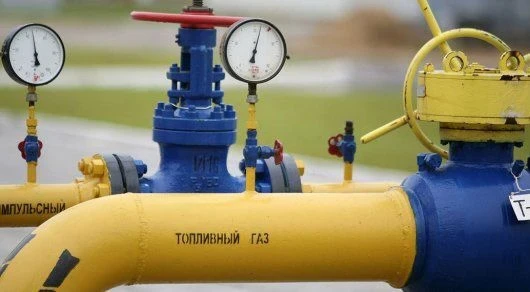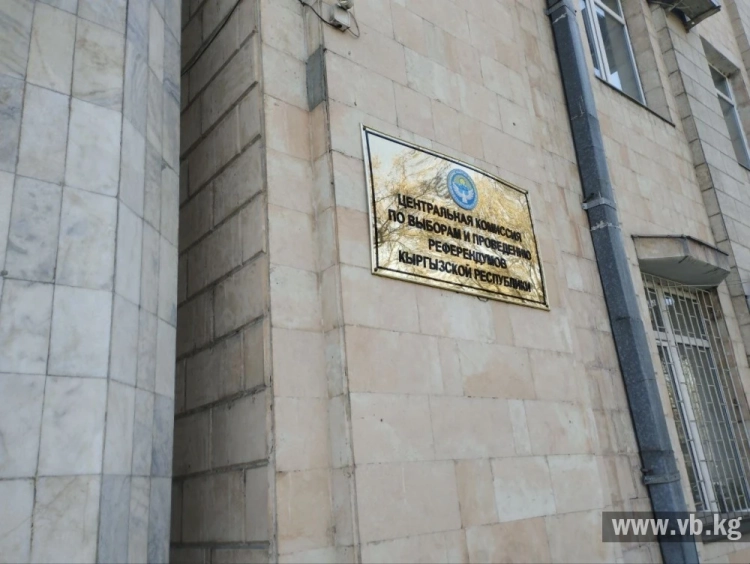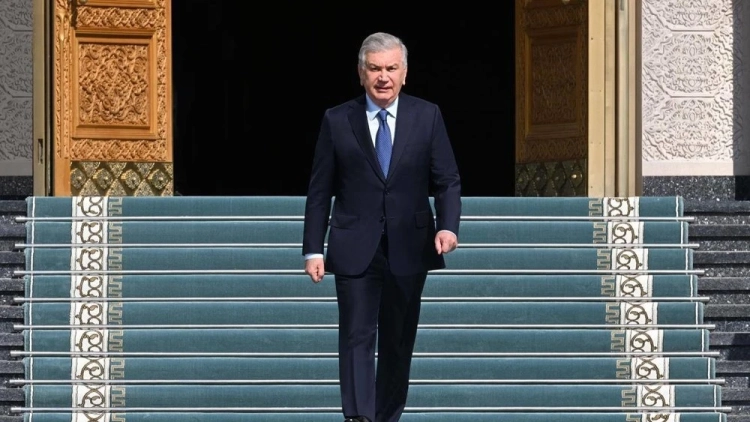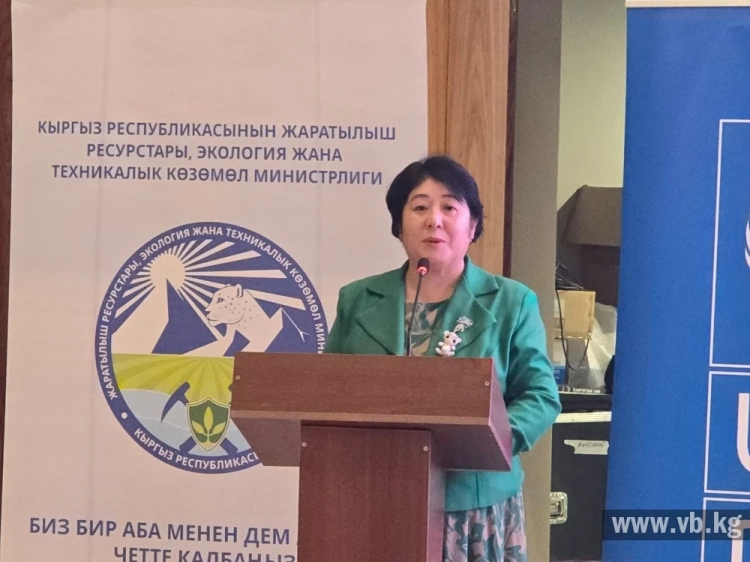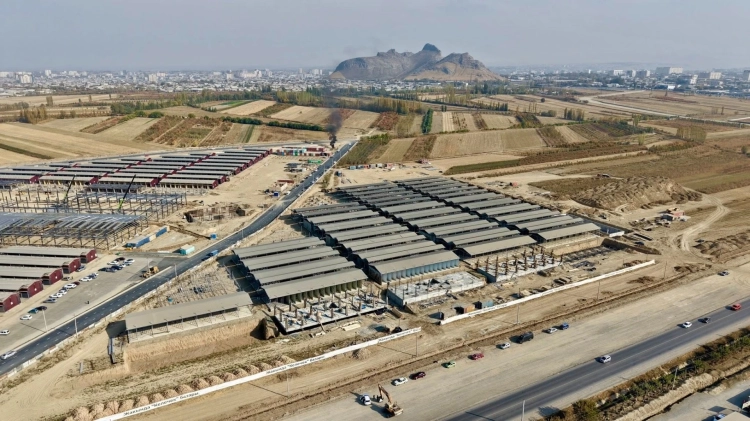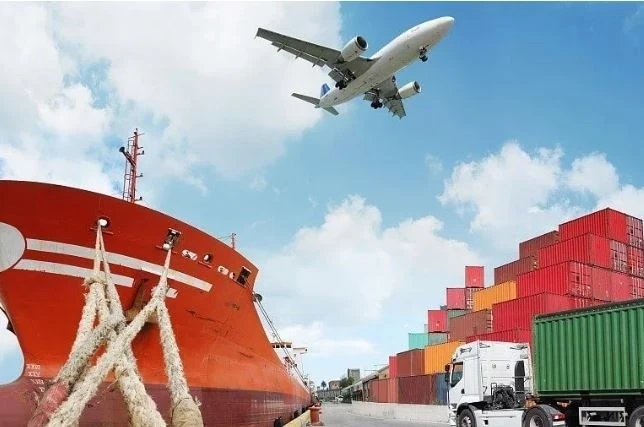
In his article, Belov pointed out that significant changes occurred in the freight transportation sector in Central Asia in 2025. He emphasized that the change in transit routes from China through Kazakhstan created an opportunity for Kyrgyzstan to double its freight flow; however, the republic was unable to take advantage of this opportunity due to a lack of systemic solutions, staffing issues, and poor infrastructure.
The Ministry of Transport, for its part, refuted claims of inaction. The agency stated that it has been consistently working on the development of multimodal transport corridors, increasing transit potential, and integrating the country into international logistics networks.
"To develop multimodal corridors and increase freight volumes, a new route for container transportation 'Countries of the Asia-Pacific Region – China – Kyrgyzstan – Uzbekistan – Turkmenistan – Azerbaijan – Georgia – Turkey – Europe' was created in 2021, starting in China and passing through Kashgar, Irkeshtam, and Osh. In 2022, a pilot project for the multimodal route 'KCUA - China – Kyrgyzstan – Uzbekistan – Afghanistan' was launched, and in 2023, the route 'KCU - China – Kyrgyzstan – Uzbekistan' was established. In 2024, about 7,000 containers were transported via these routes, and since the beginning of 2025, 2,700 containers have been moved.
Additionally, the Ministry is actively working on joining multimodal routes. In 2025, Kyrgyzstan became a participant in the intergovernmental Agreement 'on dry ports', and the stations of Alamedin and Osh were included in the list of such ports. Plans are underway to increase their capacity soon.
It should be noted that for the successful development of multimodal routes, it is essential to establish a system for freight transportation by road. In this regard, Kyrgyzstan has signed bilateral agreements on international road transport with 22 countries. Furthermore, annual negotiations are held with 21 countries with which agreements are currently absent, but arrangements have been made for the exchange of permit forms for road carriers.
A key project in Kyrgyzstan's transport sector is the construction of the railway 'China - Kyrgyzstan - Uzbekistan'. This project is one of the largest infrastructure initiatives in Central Asia and has strategic significance for both the participating countries and the entire Eurasian region. Its goal is to create a new international transport corridor that will significantly change the logistics map of the continent, improve regional connectivity, accelerate trade, and ensure sustainable economic growth.
From an economic perspective, the implementation of this project will bring significant benefits. In particular, the delivery times for goods from China to Uzbekistan and then to Europe will be reduced: while sea transportation currently takes 20 to 25 days, the new route will allow this time to be shortened by 7–10 days. This will provide Kyrgyzstan with competitive advantages and make the country more attractive for international logistics and investments.
The new route may also become part of the Trans-Asian railway corridor and connect with other initiatives such as TRACECA and the international transport corridor 'North - South', which will create a foundation for the formation of a unified Eurasian logistics space.
The railway 'China - Kyrgyzstan - Uzbekistan' has every chance of becoming a crucial element of the new transport system in Eurasia, contributing to improved connectivity among the countries of the region and the economic development of Kyrgyzstan.
Moreover, the process of creating new multimodal routes continues, as evidenced by the opening of the new route China–Kyrgyzstan–Uzbekistan–Turkmenistan in Kashgar on October 15, 2025. Goods are transported from Xi'an and Chengdu to Kashgar by rail, then by road to Osh, where they are reloaded onto railway platforms to the port of Turkmenbashi. From there, goods can be delivered across the Caspian Sea to Iran, Azerbaijan, and Russia. This route ensures reduced transit times, opening up prospects for increased freight flow. The launch of the route aims to diversify transportation between Central Asia and China, as well as between China and Europe, and is part of plans to enhance the transit capabilities of the Middle Corridor.
It is important to note that the process of opening and operating multimodal routes faces many obstacles, and success depends on the actions of government bodies as well as the flexibility and persistence of carriers and shippers. In this regard, the Ministry of Transport and Communications of the Kyrgyz Republic is actively working to create the most favorable conditions for shippers and carriers.
Government authorities of the republic, taking into account the needs of the population and businesses, are implementing a transport policy aimed at utilizing the geographical and transit advantages of the country, creating comfortable conditions for carriers at border crossings, as well as developing warehouse and customs zones and simplifying procedures," the ministry's statement emphasizes.

